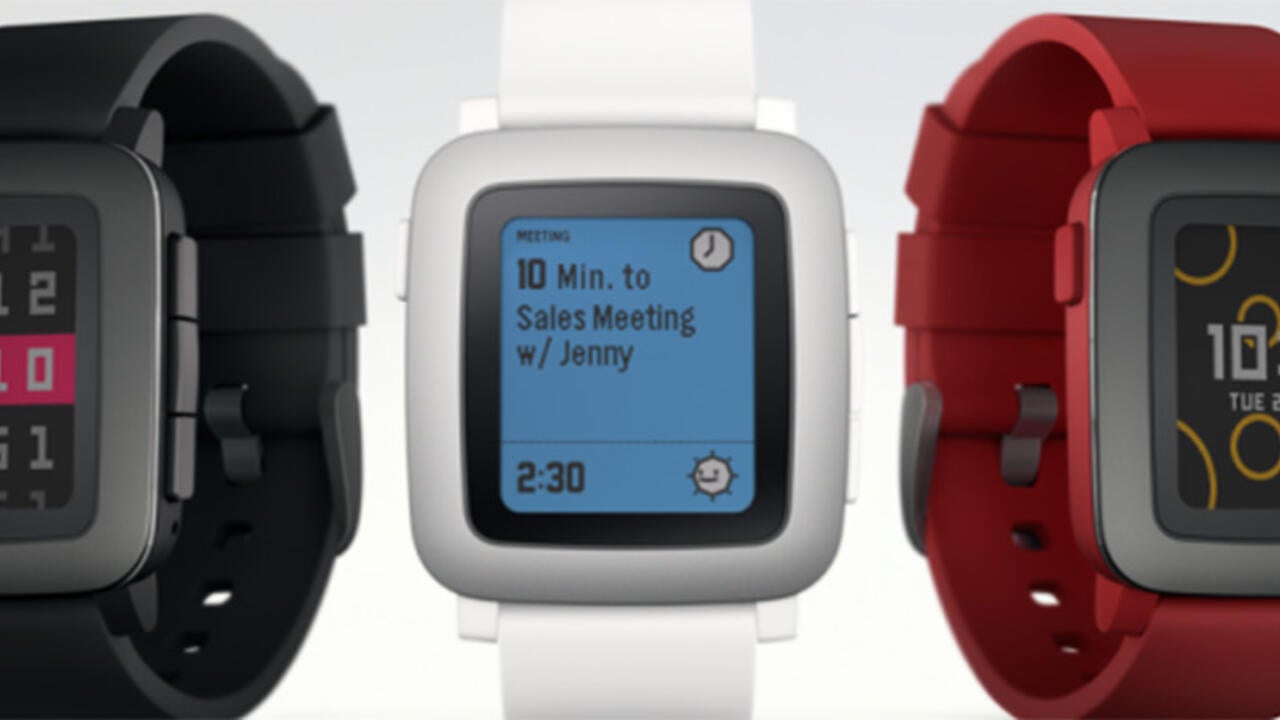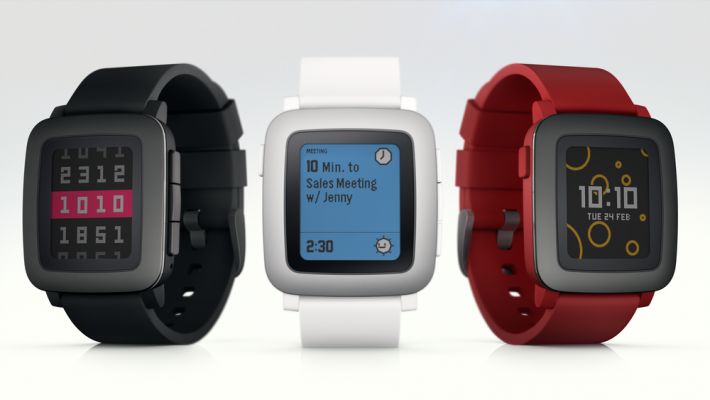
Kickstarter king has Pebble Time on his hands
Wearable technology exceeds the expectations of those who buy the smartwatches

Wearable technology exceeds the expectations of those who buy the smartwatches
By Carol Truemner Faculty of EngineeringEric Migicovsky is the king of Kickstarter. For the second time in three years his brainchild, the Pebble smartwatch, reigned supreme on Kickstarter, the crowd-funding phenomenon. In just 49 minutes, the campaign raised over $1 million. Two days later, 47,000 people had backed the Pebble campaign to the tune of $10 million.

Pebble Technology, founded by Migicovsky, 27, launched its first Kickstarter campaign in 2012. Three years ago, it broke a Kickstarter record by taking just 38 days to reach the $10 million mark. This year, on February 24 when the new campaign for Pebble Time hit the Internet, money started rolling in immediately. By the end of the campaign, $20,338,986 had been raised from 78,741 backers — another Kickstarter record.
Migicovsky, a Waterloo systems design engineer, says Pebble is successful because the wearable technology exceeds the expectations of those who buy the smartwatches. He chose to go the Kickstarter route a second time because he knew the community loved the Pebble and the funding platform is the most efficient way to get his latest product to its core users. Strategically, Migicovsky also beat Apple to the punch — after two years of development, Apple finally launched its initial smartwatch on March 9, 2015.
Core users of Pebble are early adopters and tech savvy individuals who saw the ability for humans and computers to interact more closely. They love the idea they can glance at their wrist to check incoming calls, emails and texts.
“Being able to get notifications on my Pebble has really changed my relationship with my phone,” says Matt Gorbet, who runs an international experiential design and consulting company and jumped on the initial Kickstarter campaign three years ago. “I don’t take my phone out nearly as often, and I can tell at a glance if a notification is important. It’s incredibly robust, stylish and useful.”
Pebble Time, the company’s third-generation watch, is more stylish as well as being 20 per cent thinner and lighter than earlier versions, says Migicovsky. The new watch comes with a colour e-paper display and microphone that will allow people to respond to notifications. And yes, people will now literally be talking into their watch.
Migicovsky, named to Business Insider’s 30 under 30 “Most Influential in Tech” list in 2014, says Waterloo’s systems design engineering provided him with the ideal entrepreneurial training. The program offered an interdisciplinary mix of courses and a strong emphasis on design, he says. Group work and design projects mimicked the real-world, small-team atmosphere of startups, while co-op terms inspired him to pursue an entrepreneurial career.
“It’s the best of all worlds,” Migicovsky says of his Waterloo Engineering education.
It was while Migicovsky was on an international exchange term in 2008 that he came up with the Pebble concept. He was biking along the canals in Holland when his mobile phone began buzzing.

“I didn’t want to risk dropping my new phone into the water, but I wanted to know why it was vibrating in my pocket,” says Eric Micigovsky.
Imagining how useful it would to be to get a notification through his watch, he cycled back to his dorm and began cobbling together his first smartwatch prototype using spare cellphone parts. When he returned to Waterloo, he moved into the University’s entrepreneur-focused Velocity Residence and continued honing the prototype. After launching a less popular watch called inPulse, he redesigned the watch, coming up with Pebble.
“It needed to be simple, it needed to be small, it needed to have a long battery life,” he says. “It had to be something that fit into people’s lives.”
The new Pebble was all of that and more becoming the original smartwatch that would be in the vanguard of wearable technology.
This last Kickstarter campaign, for the Pebble Time, ended on March 27, 2015.

Read more
Fourth-year Global Business and Digital Arts student leverages artificial intelligence to fight food inflation, saving families up to $5,000 each year

Read more
Here are the people and events behind some of this year’s most compelling Waterloo stories

Read more
For more than four decades, Waterloo professor Larry Smith has helped build the University's reputation for innovation and entrepreneurial excellence
Read
Engineering stories
Visit
Waterloo Engineering home
Contact
Waterloo Engineering
The University of Waterloo acknowledges that much of our work takes place on the traditional territory of the Neutral, Anishinaabeg, and Haudenosaunee peoples. Our main campus is situated on the Haldimand Tract, the land granted to the Six Nations that includes six miles on each side of the Grand River. Our active work toward reconciliation takes place across our campuses through research, learning, teaching, and community building, and is co-ordinated within the Office of Indigenous Relations.